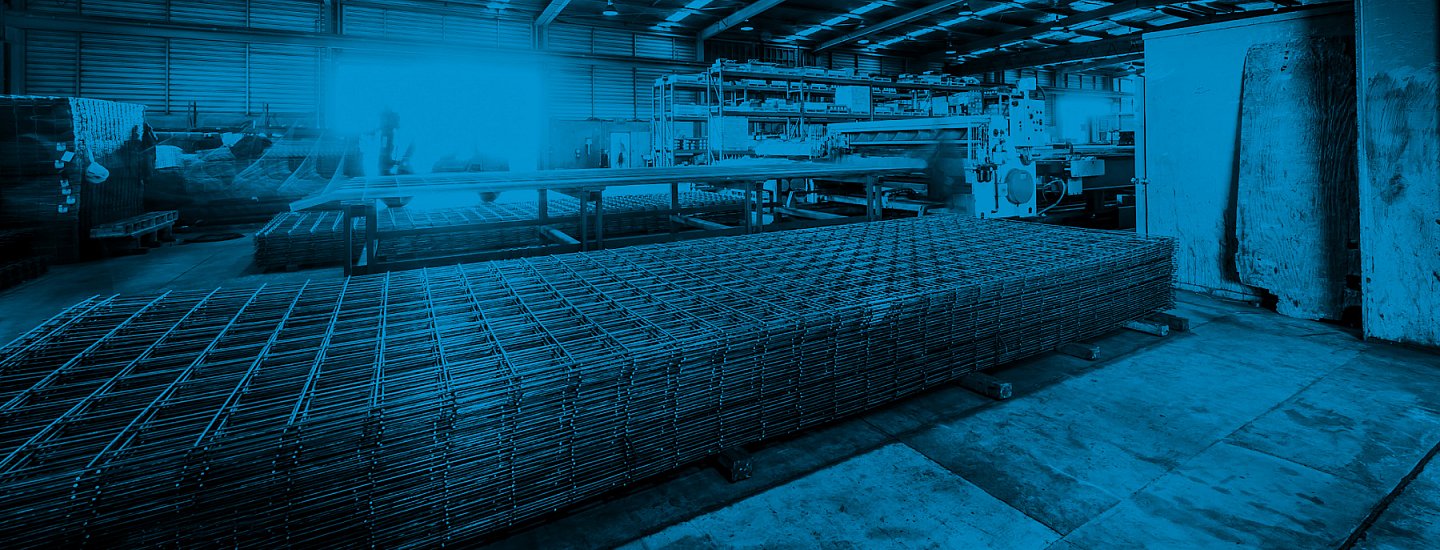Bar Markings
Identifying the different types of bar
Feb 20, 2020
Download a PDF of the article here
Having trouble identifying the type of bar you have on site or in stock?
 |
Occasionally we have customers ringing us wanting to positively determine they type of bar they have, either because they believe bundles have been mixed up in their yard or they have an upcoming building inspection.
The different types of reinforcing bar supplied in New Zealand, by reputable suppliers, will have bar markings allowing the type of bar to be positively identified.
In fact most bar, including plain round bar and Reid bar, will have bar-markings.
In this article we discuss:
- The standards defining Bar Markings
- Various manufacturers’ Bar Markings
- United Steel Supplied Bar – the ease of identification
After reading this article you will have an understanding of bar markings and know where to find information on various manufacturers’ markings
Standards defining Bar Markings
Over the last decade or so, there has been some concerns around the quality of bar supplied in the NZ market and the ability to positively identify the origin and type of bar supplied – just Google “reinforcing bar issues nz”
 |
New Zealand Standard NZS 4671 covers Steel Reinforcing Materials, and describes among other things the preferred dimensional characteristics, nature of bar deformations and how bar should be designated & marked.
Bar is designated by its:
- Shape, where R is round & D is deformed.
- Strength grade, such as 300 or 500 grade, where the number is the yield strength in megapascals.
- Ductility class, where L is low, N is normal and E is Earthquake/seismic ductility. This designation came about due to the need to provide reinforcement with ductility appropriate for earthquake resistant structures
- Size, which is the nominal bar diameter in mm – the standard lists the preferred nominal diameters along with the corresponding cross-sectional area & mass/metre.
Reinforcing sold in NZ will typically be 300E or 500E due to the occurrence of seismic events being high. Furthermore, the letter H will usually be used by sellers of reinforcing to denote Grade 500 grade product, e.g. D12 is deformed 12mm grade 300 bar, while H12 is deformed 12mm grade 500 bar
 |
|
| Alphanumeric System | |
 |
 |
| Grade 300E | Grade 500E |
The standard defines the marking system to be used on the surface of the bars, and states that:
- An alphanumeric system can be used on the surface of the bar that identifies strength grade & ductility class
- A system using a series of surface features on the surface of the bar can also be used. The standard defines and depicts the surface features to be used. For example, a pair of dashes for Grade 300E bar or small section clear of deformation followed by a pair of dashes for Grade 500E bar.
- The markings must be no more than 1.5m apart.
- Deformed bar must also carry unique surface features that allow the manufacturer to be identified.
The images above shows an example of the alphanumeric system, and examples of the marks used for both Grade 300E and Grade 500E bar.
Manufacturers’ Bar Markings
New Zealand Standard NZS 4671 requires manufacturers of deformed bar to mark their bar with unique markings, so that the manufacturer of the bar can be positively identified.

The most readily available data-base of manufacturers’ bar markings in Australasia can be found on the ACRS website. The list of ACRS accredited bar manufacturers and their bar markings can be found here.
The Australasian Certification Authority for Reinforcing and Structural Steels (ACRS) evaluates the product quality and manufacturing processes of steel manufacturers, as it relates to the relevant standards. As such, steel purchasers can have confidence in the quality of steel from ACRS accredited manufacturers.
United Steel Supplied Bar
Deformed Bar supplied by United Steel is easy to identify, as almost all the bar supplied by United Steel is manufactured by Pacific Steel in Auckland. Pacific Steel uses a straightforward alphanumeric marking system, where they:
- Explicitly mark, in plain text, on the bar the diameter, grade, & ductility class of the bar, as shown below.
- Have SEISMIC as a registered trademark, so bars with the word SEISMIC marked on them can be positively identified as being manufactured by Pacific Steel
- Continue to use the bar marks specified in the standard for Grade 300E and 500E bar as shown below, & discussed in the previous section, for their 2 rib bar. The 4 rib bar does not carry the pair of dashes mentioned above
- Have on their website a document that outlines and shows the bar markings for all types of bar manufactured.
Thus, United Steel customers can positively identify the Pacific Steel deformed bar supplied, with ease.
 |
 |
| Pacific Steel Grade 300E deformed Bar Marking (2-Rib Top & 4-Rib Bottom) |
 |
 |
| Pacific Steel Grade 500E deformed Bar Marking (2-Rib Top & 4-Rib Bottom) |
On rare occasions, to meet demand, United Steel has needed to supply 500E deformed bar manufactured in Australia by InfraBuild Steel (formerly Liberty OneSteel). Bar Markings for InfraBuild Steel Bar can be found on the ACRS website.
Both Pacific Steel & InfraBuild Steel are ACRS accredited manufacturers of hot rolled bar.
Plain round bar and Reid Bar, from reputable suppliers, also carries bar markings. The bar markings for Pacific steel can be found here and those for other ACRS accredited manufactures’ can be found here.
The full range of bar available from United Steel can be found here on our website

